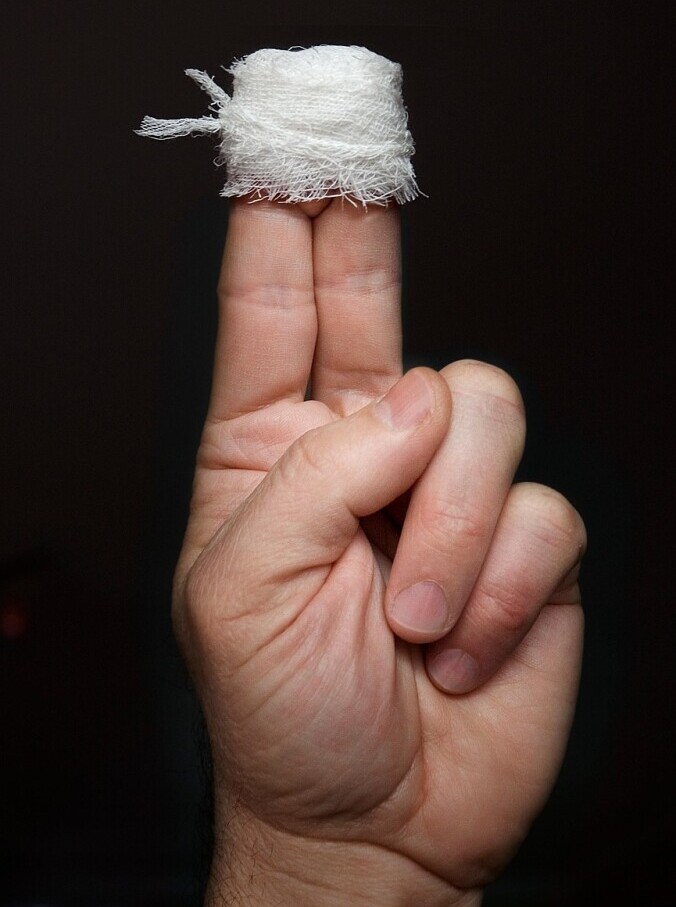(Last Updated on October 9, 2025 by Henry)
Maintaining the health of our hands and wrists is vital. These parts of our body handle a lot, from typing on a keyboard to lifting heavy objects.
They deserve attention and care to keep them functioning properly. Hand and wrist injuries are common and can significantly impact daily life.
Injuries like carpal tunnel syndrome, tendinitis, and fractures can make even simple tasks difficult. This is why focusing on injury prevention is so important. Preventing injuries means being proactive.
By understanding common risks and incorporating specific exercises into our routine, we can strengthen our hands and wrists. This helps us avoid pain and maintain our ability to perform everyday activities.
In the following sections, I’ll guide you through various exercises and tips to maintain the health of your hands and wrists. From understanding the anatomy to creating a personalized workout plan, we’ll cover everything you need to know to take care of these crucial parts of your body.
Understanding the Anatomy of Hands and Wrists
Knowing the structure of your hands and wrists is fundamental in preventing injuries. They are composed of bones, muscles, tendons, and ligaments, all working together to perform complex movements. Understanding how these parts function can help us pinpoint what might go wrong and how to prevent it.
Our wrists consist of eight small bones called carpals, arranged in two rows. These bones connect with the radius and ulna (the forearm bones) to form the wrist joint. This joint allows for a range of movements such as flexion, extension, and rotation. In the hand, there are 27 bones, including the metacarpals and phalanges, which make up the fingers and thumb. Ligaments connect these bones, providing stability, while tendons connect muscles to the bones, allowing movement.
Common issues arise when these structures are strained or overused. For instance, repetitive motions can lead to tendinitis, where tendons become inflamed, or carpal tunnel syndrome, where pressure on the median nerve causes pain and numbness. Knowing where these problems start makes it easier to address them before they become severe.
Exercises targeting hand and wrist health often focus on strengthening and increasing flexibility in these areas. Enhancing strength helps support the bones and joints, while flexibility exercises can reduce strain on tendons and ligaments. This combination is key to maintaining healthy, functional hands and wrists.
Understanding the anatomy also emphasizes the importance of proper technique and posture during activities. Whether typing, lifting, or performing any routine tasks, being aware of hand and wrist positions can prevent unnecessary stress. Ergonomic tools and mindful practices can go a long way in injury prevention.
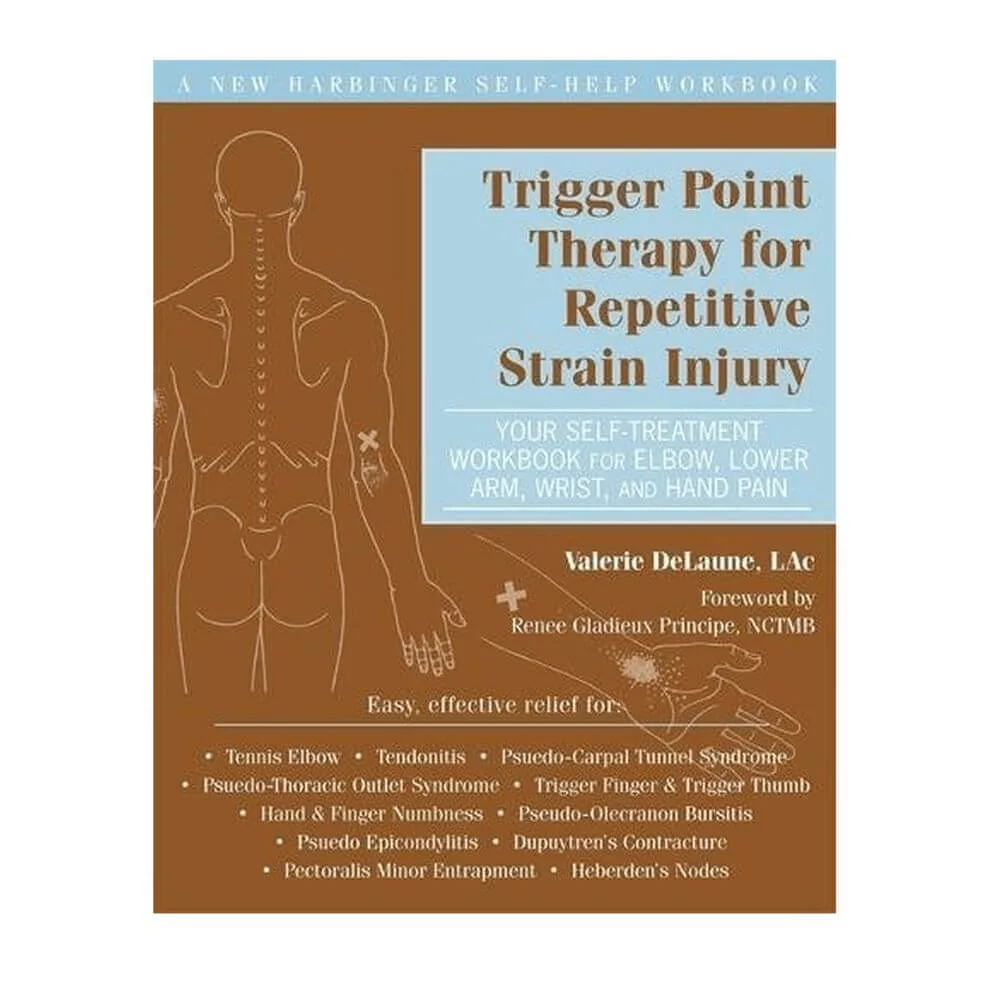
Identify & Manage Repetitive Strain Injury Symptoms Quickly

Follow Proven Advice to Overcome Repetitive Strain Injury

Practical Methods to Treat Repetitive Strain Injury Effectively

Relieve Carpal Tunnel Syndrome and Avoid RSI Traps
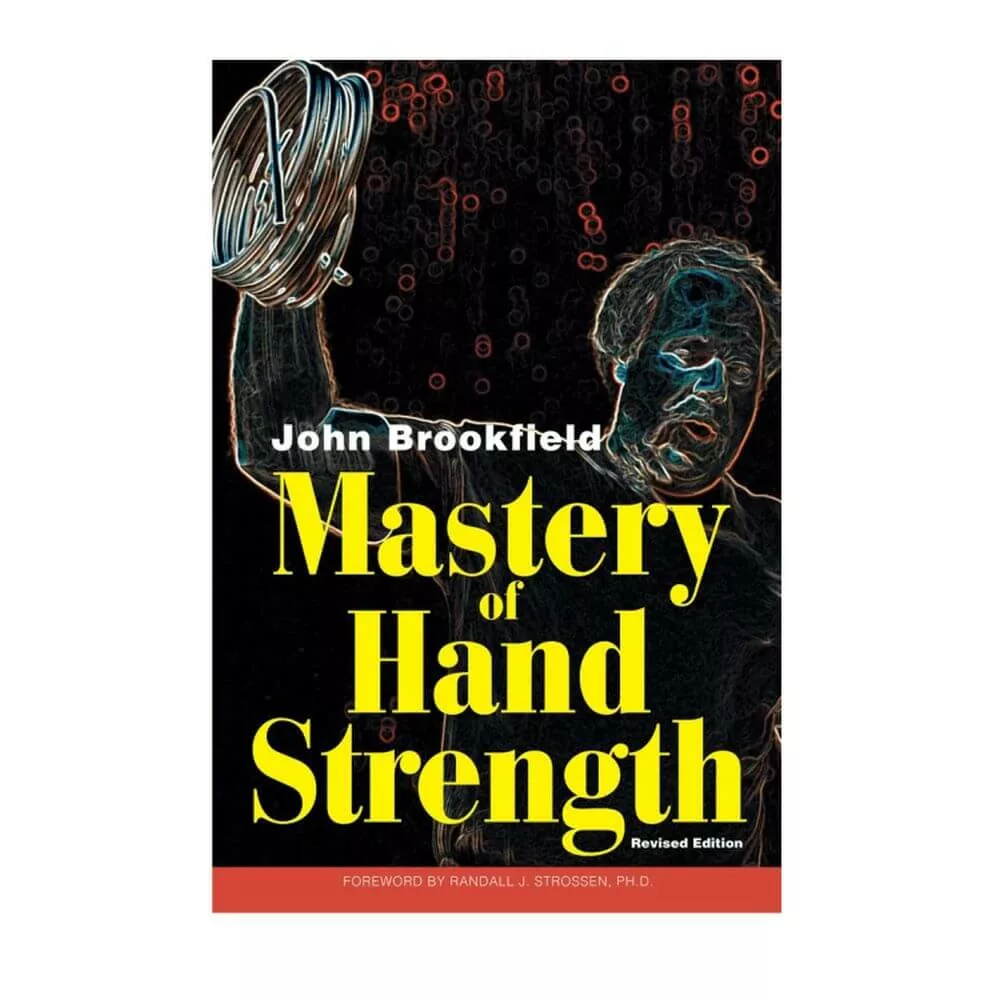
Build a Powerful Grip with Mastery of Hand Strength

Master Your Grip with the Official Captains of Crush Grippers Guide

Boost Your Grip Strength with This Powerful Resource
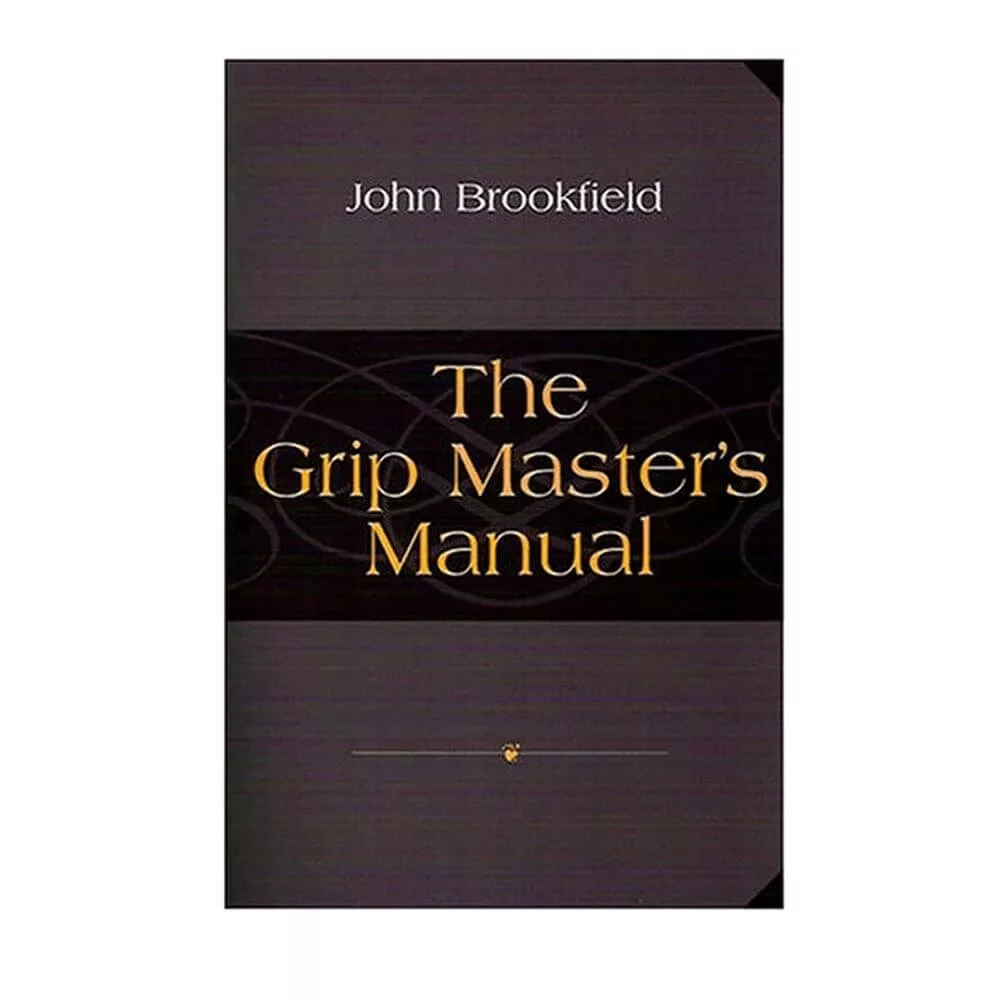
Unlock Grip Strength with The Grip Master’s Manual
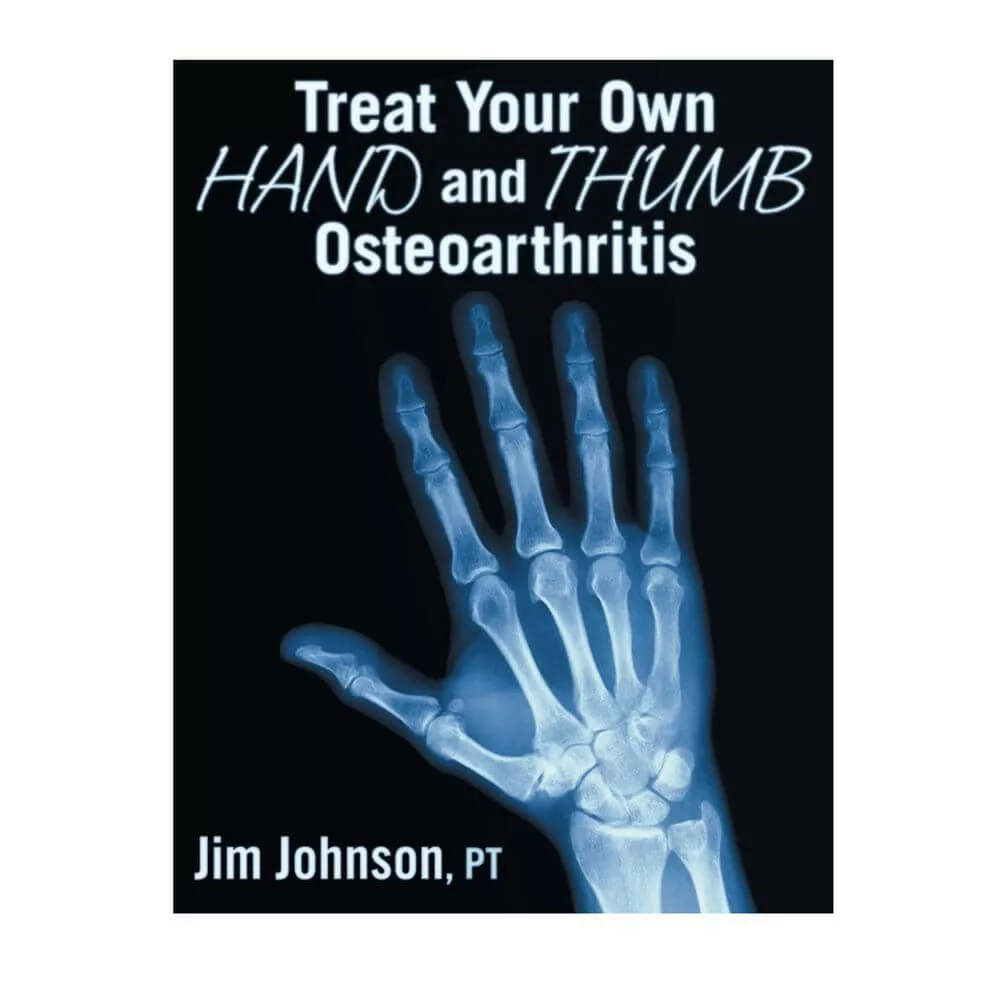
Effective Treatments for Osteoarthritis to Reduce Pain
The Role of Ergonomics in Preventing Hand and Wrist Injuries
Ergonomics is all about designing our environment so it complements how our body naturally moves and functions. This is super important for preventing hand and wrist injuries, especially if you spend a lot of time doing repetitive tasks like typing or manual labor.
Start with your workspace. A keyboard that’s too high or a mouse that’s too far away can cause strain over time. Adjust your chair, desk, and computer so that your wrists can stay in a neutral position – not bent up or down. Your elbows should be close to your body and form roughly a 90-degree angle.
Consider using ergonomic tools like a mouse with a comfortable grip or a keyboard with a slight tilt. Wrist rests can also provide support, reducing strain during long typing sessions. Even simple changes, like adjusting the height of your chair, can make a big difference.
Don’t overlook posture. Sitting correctly with your back supported and feet flat on the ground reduces strain on your whole body, including your hands and wrists. Breaks are essential. Taking frequent, short breaks helps reduce strain and gives your muscles a chance to relax.
Ergonomics isn’t just for the office. Think about your habits at home or during hobbies. For instance, if you enjoy gardening or cooking, being mindful of your hand and wrist positions can prevent injuries. Using tools that fit well in your hands and practicing safe techniques makes a difference.
It’s not just the setup; it’s also how you use it. Regular exercises for strength and flexibility complement ergonomic practices. The combination helps your hands and wrists handle daily demands without getting hurt.
Stretching Exercises for Flexibility and Strength
Stretching exercises are a cornerstone of injury prevention for the hands and wrists. Flexibility helps reduce stiffness and maintain a full range of motion, while consistent stretching strengthens muscles and tendons, making them less prone to injury.

Begin with some basic wrist stretches. Extend your arm in front of you, palm facing down. Use your other hand to gently pull your fingers back towards your body, feeling the stretch in your forearm. Hold for about 15-30 seconds and repeat. Next, flip your palm to face up, and gently pull your fingers towards you again. This stretch targets the other side of your forearm.
Finger stretches are equally important. Spread your fingers wide, then bring them together tightly. Another effective stretch involves making a fist and then slowly opening your hand as wide as possible, spreading your fingers apart. This helps keep the small muscles in your hands flexible and strong.
Consider wrist circles for a more dynamic stretch. Hold your hand out, make a fist, and slowly rotate your wrist in circles. Do this in both directions to ensure you’re engaging all the muscles and tendons around the wrist joint.
Incorporate these stretches into your daily routine, especially if you’re involved in activities that put a lot of strain on your hands and wrists. Stretching throughout the day can make a substantial difference, whether you perform these exercises before a long typing session or after a workout.
Consistency is key. The more regularly you stretch, the better the results. Over time, you’ll notice improved flexibility, reduced pain, and a decreased risk of those pesky hand and wrist injuries. It doesn’t take much – just a few minutes each day can lead to healthier, more resilient hands and wrists.
Strengthening Exercises for Hand and Wrist Stability
Building strength in your hands and wrists is crucial for stability and injury prevention. Strong muscles support your joints better, reducing the risk of strain or injury during everyday activities.
Start with basic hand exercises like fist clenches. Make a fist and squeeze tightly, then release and spread your fingers wide. Repeat this 10-15 times. This simple exercise helps build overall hand strength.
Wrist curls are another effective exercise. Rest your forearm on a table or bench, holding a light weight (like a dumbbell or even a can of soup) in your hand. Curl your wrist up towards your forearm, then slowly lower it back down. Aim for 10-15 repetitions on each side. As you get stronger, you can gradually increase the weight.
Try finger lifts to engage the small muscles in your hands. Place your hand flat on a table, palm down. Lift each finger one at a time, holding it up for a couple of seconds before lowering it. This exercise enhances finger strength and dexterity.
Thumb exercises shouldn’t be ignored either. Hold your hand out with your palm facing up. Use your other hand to gently pull your thumb back, stretching it away from your palm. Hold for 15-30 seconds, then switch hands. You can also strengthen your thumb by pressing it against a small ball or putty, creating resistance.
For a more comprehensive workout, consider using resistance bands. Attach one end of the band to a stable surface, and hold the other end in your hand. Perform wrist extensions and flexions, working against the band’s resistance. This not only builds strength but also improves flexibility.
Incorporate these exercises into your routine a few times a week for the best results. Remember to listen to your body and adjust the intensity as needed. Over time, you’ll notice better stability, less pain, and a lower risk of injury in your hands and wrists.

Hand Exercise Balls: Simple Relief & Strength for Tired Hands

Fantastic Hand & Finger Strength Trainer to Keep Grip in Shape

Therapy-Grade Stress Relief & Rehab Crush Grip Trainer
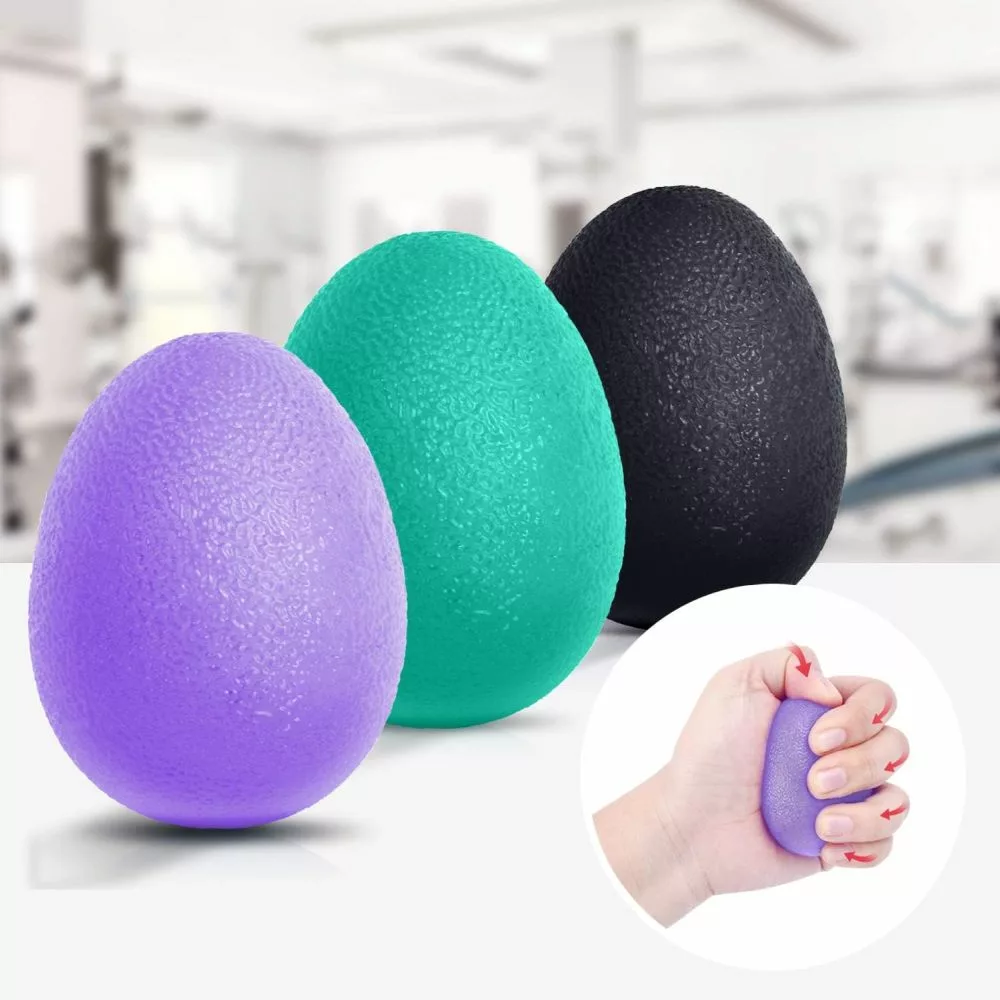
The Best 3-Level Therapy Egg Set for Hand Rehab & Stress Relief?

Best Therapy Balls for Stress Relief, Fidgeting & Rehab
Grip Enhancement Exercises for Overall Hand Health
Improving grip strength is essential for overall hand health. A strong grip not only helps with daily tasks but also supports hand and wrist endurance.
One simple exercise is the squeeze ball. Use a stress ball or a small rubber ball, and squeeze it as hard as you can, holding the squeeze for a few seconds before releasing. Repeat this 10-15 times per hand. It’s an easy way to build up grip strength and can be done anywhere – at your desk, during a break, or while watching TV.
Rubber band exercises are another great option. Place a thick rubber band around the tips of your fingers and thumb, then slowly open your hand against the resistance of the band. Close your hand back together and repeat. Aim for 10-15 repetitions to start. This exercise strengthens the muscles on the outside of your hand and improves overall grip.
Consider using a grip strengthener tool, which is specifically designed for this purpose. These tools usually have adjustable resistance levels, making it easy to increase the difficulty as your grip strength improves. Squeeze the handles together, hold for a few seconds, and release. Perform this exercise in sets of 10-15 repetitions.
Dead hangs can improve grip strength and overall hand endurance. If you have access to a pull-up bar, simply hang from the bar with both hands for as long as you can. Start with short durations and gradually increase the time as your strength improves. This exercise also benefits the shoulders and arms, making it a great all-around workout.
Track your progress by noting how long you can perform these exercises or the resistance level you’re using. As your grip strengthens, you’ll find that daily tasks become easier, and the risk of hand and wrist injuries decreases. Consistency and gradual progression are key to seeing the best results.
Exercises Specific to Common Hand and Wrist Conditions
When dealing with specific hand and wrist conditions like carpal tunnel syndrome or tendinitis, tailored exercises can significantly aid in recovery and prevention. Addressing these conditions early with the right exercises can help minimize long-term issues and improve daily comfort.
For carpal tunnel syndrome, which involves pressure on the median nerve, gentle gliding exercises can be very effective. One useful exercise is the wrist flexor stretch: Bend your wrist backward while keeping your elbow straight. Use your other hand to apply gentle pressure and hold the stretch for about 15-30 seconds. This helps relieve some of the pressure on the nerve.
Tendon glides are another beneficial exercise for the carpal tunnel. Start with your hand open, then make a fist, flexing your fingers fully. Move into what’s called a ‘hook’ position, where your fingers are half-bent, and then return to the open hand. This sequence ensures that the tendons within the carpal tunnel move smoothly, which can alleviate symptoms.
For tendinitis, focusing on the affected tendons is crucial. Gentle wrist extensions and flexions can help. Hold your arm out with your palm facing down. Use your other hand to pull your fingers towards you, feeling a stretch on the top of your forearm. Hold this for about 15-30 seconds, then switch sides. This stretch helps relieve the tension in the tendons.

Strengthening exercises can be modified to suit these conditions as well. Using light weights or resistance bands, you can perform gentle wrist curls and extensions. The key is to start with minimal resistance and gradually increase it as the tendons become stronger and more resilient.
If you’re unsure about a particular exercise or if pain persists, consulting with a healthcare professional or physical therapist is wise. They can provide guidance tailored to your specific condition, ensuring that the exercises you perform are safe and effective.
Integrating these condition-specific exercises into your routine can make a massive difference. They help manage symptoms, aid in recovery, and ultimately protect your hands and wrists from further injury. Consistency and gentle progression are the keys to seeing improvement.
How to Create a Personalized Hand and Wrist Workout Plan
Creating a personalized workout plan for your hands and wrists is a proactive step toward injury prevention and overall health. Start by assessing your daily activities and identifying any specific risks or repetitive tasks that might strain your hands and wrists.
First, incorporate a mix of flexibility, strength, and grip exercises. Each type of exercise serves a different purpose: stretches improve range of motion, strength exercises stabilize joints, and grip exercises enhance hand endurance. Balancing these components ensures comprehensive hand and wrist health.
Begin with a consistent warm-up. Simple activities like rotating your wrists or gently massaging your hands can prepare your muscles and tendons for more intense exercise. Doing this for just a few minutes can prevent injuries resulting from sudden, intense activity.
Set realistic goals based on your current condition. If you’ve been experiencing pain or have had an injury, start slow and gradually increase the intensity and duration of your exercises. Pay attention to your body’s signals, and if you notice any discomfort, adjust accordingly.
Scheduling your exercises is also vital. Aim for at least 10-15 minutes of hand and wrist exercises 3-4 times a week. Consistency is more important than duration, so it’s better to do shorter sessions regularly than longer sessions sporadically.
Include a variety of exercises in your plan. For flexibility, incorporate the stretches we’ve discussed. For strength, add wrist curls and finger lifts. Include grip exercises like the squeeze ball or resistance band work. Mixing it up keeps your routine interesting and ensures you’re working all the necessary muscles and tendons.
Track your progress. Whether you’re noting increased repetitions, heavier weights, or longer hold times, keeping a record helps you see improvements over time. This progress tracking can also motivate you to stay consistent with your plan.
Safety is paramount, so always listen to your body. If something doesn’t feel right, don’t push through the pain. It’s better to modify an exercise or take a break than risk further injury. Consult a professional if you’re unsure about any part of your plan.
A personalized hand and wrist workout plan is about creating sustainable habits. By evaluating your needs, setting realistic goals, and consistently following your plan, you’ll be on your way to stronger, more resilient hands and wrists.
Embracing a Preventive Approach for Hand & Wrist Health
Maintaining the health of your hands and wrists is crucial for daily functioning. With the exercises and strategies covered, you’ve got the tools to keep them strong, flexible, and injury-free.
Consistency is key. Regular incorporation of stretching, strength training, and grip enhancement exercises into your routine can make a substantial difference. This proactive approach helps in maintaining the functionality and health of your hands and wrists over time.
Implementing ergonomic principles in your daily activities provides an additional layer of protection, reducing strain and preventing injuries before they occur. Small changes in your workspace setup and mindful habits can lead to significant improvements.
Remember, a personalized workout plan tailors these exercises to your specific needs and lifestyle. Listening to your body, tracking your progress, and making necessary adjustments ensure that your routine remains effective and enjoyable.
Taking care of your hands and wrists isn’t just about avoiding injury – it’s about enhancing your quality of life. Healthy hands and wrists enable you to perform daily tasks and enjoy your hobbies with ease. Embrace these exercises and practices as part of your self-care routine, and you’ll reap the benefits for years to come.
Thanks for Stopping By
Have Questions?
Please Leave A Comment

